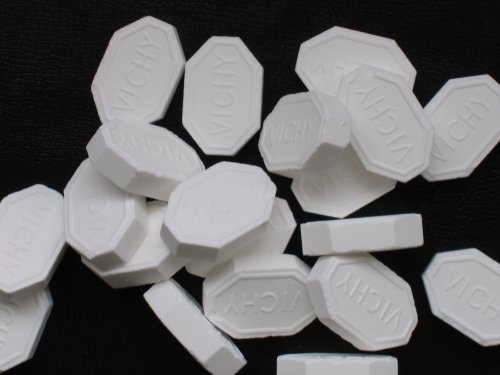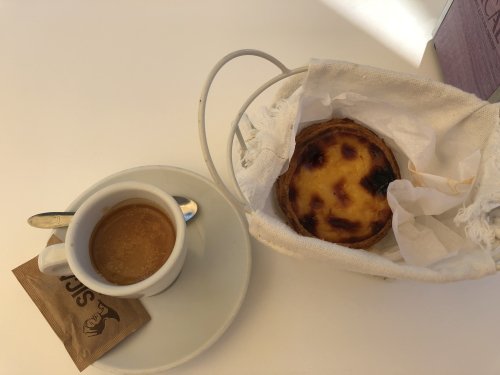First published: Sun 22 Jan 2023.
Els Slots
Invention of sweets and pastries
Comments
14 comments
Solivagant
2 years, 11 months ago (Jan 22, 2023)
Bath Bun
https://en.m.wikipedia.org/wiki/Bath_bun
Bath in its own right rather than as a Spa Town.
Reply
Solivagant
2 years, 11 months ago (Jan 22, 2023)
Edinburgh Rock
https://en.m.wikipedia.org/wiki/Edinburgh_rock
Solivagant
2 years, 11 months ago (Jan 22, 2023)
Why is there a need for requirement 3 by the way?
Solivagant
2 years, 11 months ago (Jan 22, 2023)
But by doing so you potentially exclude genuine local delicacies which WHS enthusiasts might want to try and favour those products which have been commoditised.
Liam
2 years, 11 months ago (Jan 22, 2023)
Sintra: Queijadas de Sintra
Lake District: Sticky toffee pudding was popularised in - and is heavily associated with - the Lake District; Grasmere gingerbread may / may not be distinct enough as a form to be included; Kendal mint cake is outside borders
Verona: baci di giulietta (could just be called a rebadged baci di dama though)
Itsukushima: momiji manju hail from Miyajima, but possibly not from within the core zone.
Astraftis
2 years, 11 months ago (Jan 22, 2023)
Alas, this leaves out my Milan's panettone, which is the king of all Christmas sweets, of course :-) It was surely not invented in Santa Maria delle Grazie.
But to dismay the rival *pandoro* should fit: was officially invented in *Verona* as a modern form of a traditional Veronese/Venetian sweet by Melegatti in 1894, whose first shop was in the heart of the old town.
Then in Tuscany there are for sure a plethora of sweets, but I don't know how local they are.



